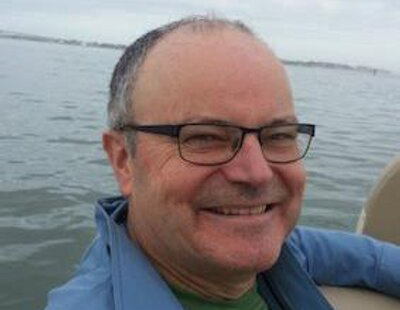It was a ceremony fit for a king. In this case, King Richard III.
Thousands of people turned out last week to see King Richard III be buried with honour, 530 years after his brutal death on the battlefield. His remains were lowered into the ground at Leicester Cathedral in central England, some three years after they were found buried under a car park just a short distance away.
University of Melbourne genetic statistician David Balding helped provide the final evidence that the remains were, indeed, that of King Richard.
“I think the case is pretty overwhelming and I think our analysis shows that,” said Professor Balding.
There’s been a lot of publicity surrounding the discovery of the remains under the garage in 2012. Investigators considered a variety of evidence, including King Richard’s distinctive curved spine.
But in the end, it was the statistical analysis by Professor Balding, who was at the University of London at the time, and his colleagues that provided the conclusive proof investigators were seeking.
“There was a huge amount of effort went into this because of the public interest and there was a huge amount of research into all the radiocarbon and the isotope analysis and everything else,” said Spalding. “For me, the most interesting thing is, of course, bringing it all together and trying to put some numbers on the evidence and come up with an overall case.”
Professor Balding said investigators came to him late in their process.
“The importance of the statistical analysis of this wasn’t appreciated early on. Although, I do think now that they’ve seen what my colleagues and I can do, they do appreciate it now.”
Professor Balding recently spoke at the Queensland University of Technology, in a lecture sponsored by the ARC Centre of Excellence in Mathematical and Statistical Frontiers (ACEMS) and the QUT’s Institute for Future Environments.
Balding talked about the importance of including statistics in the final analysis.
“I think it’s a kind of good model on how to do this, because no one element of the evidence on its own sewed up the case.”

